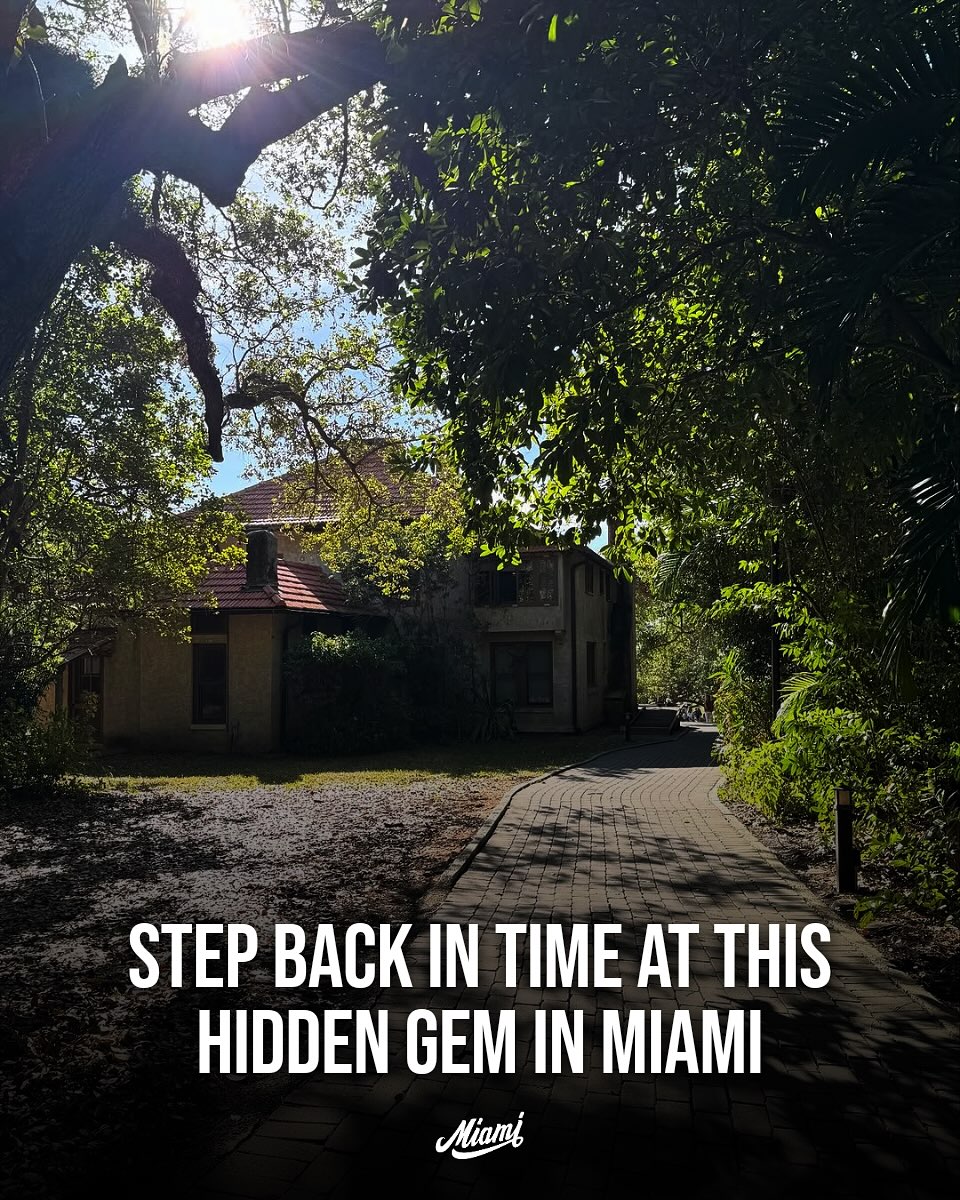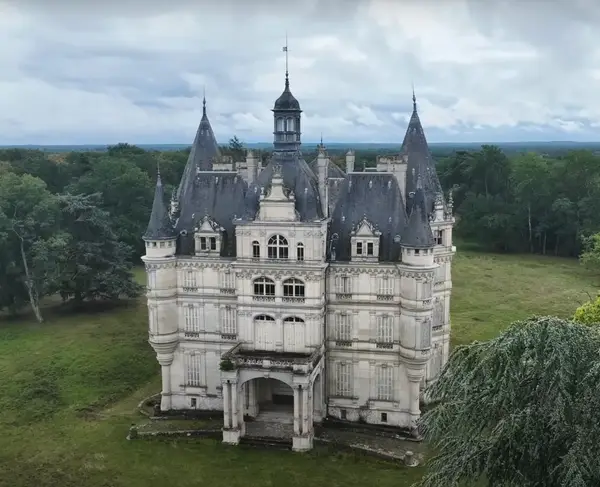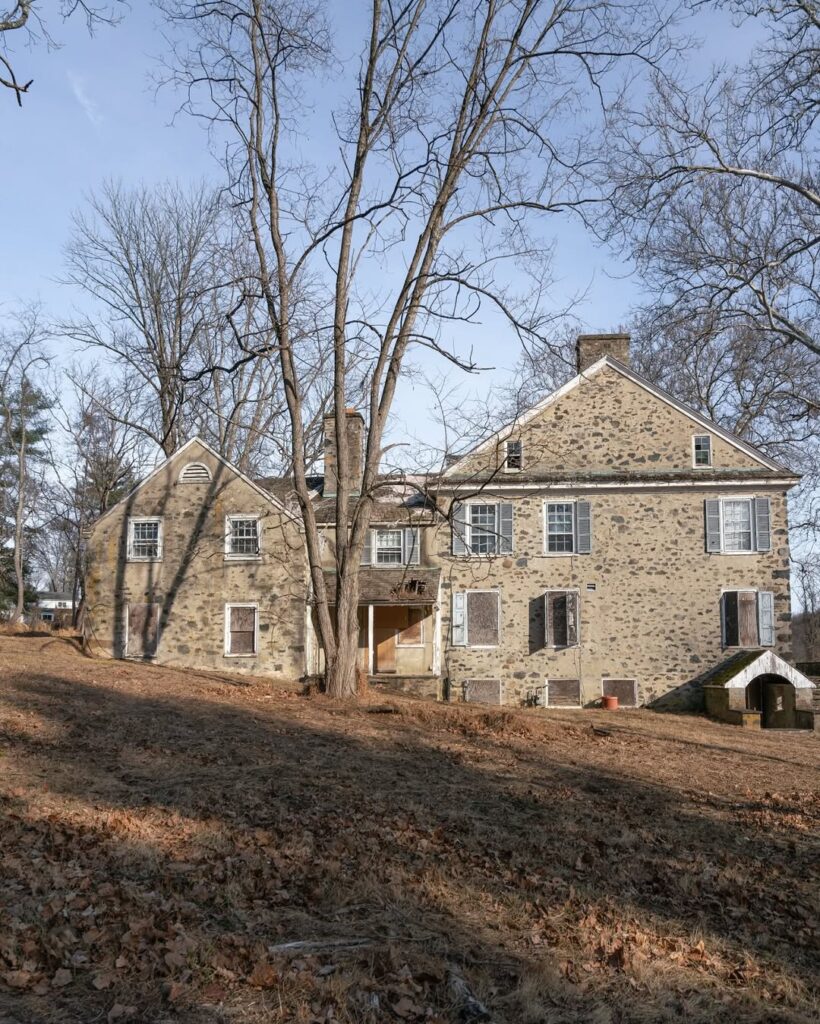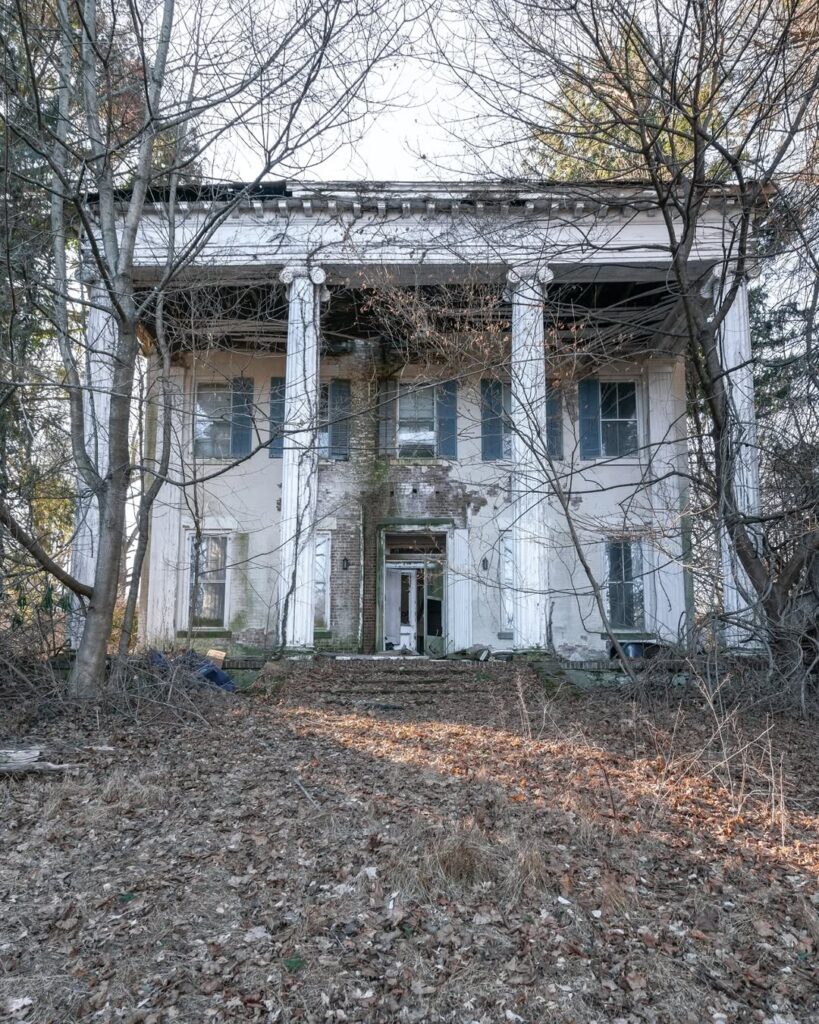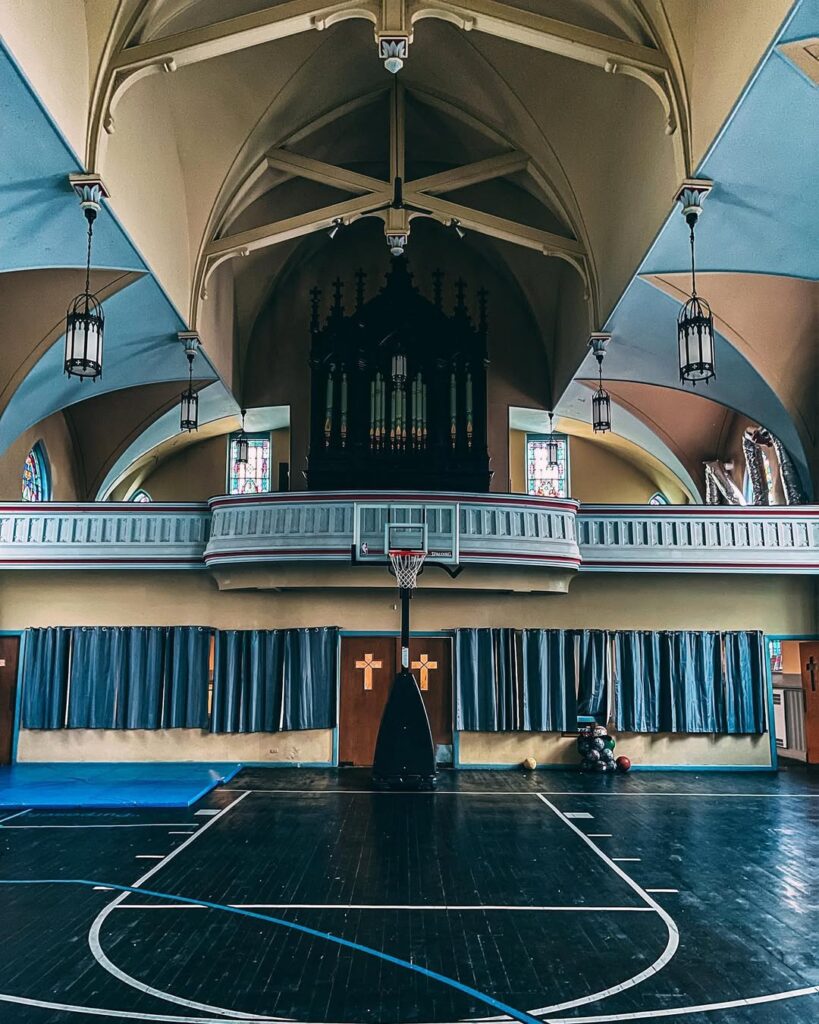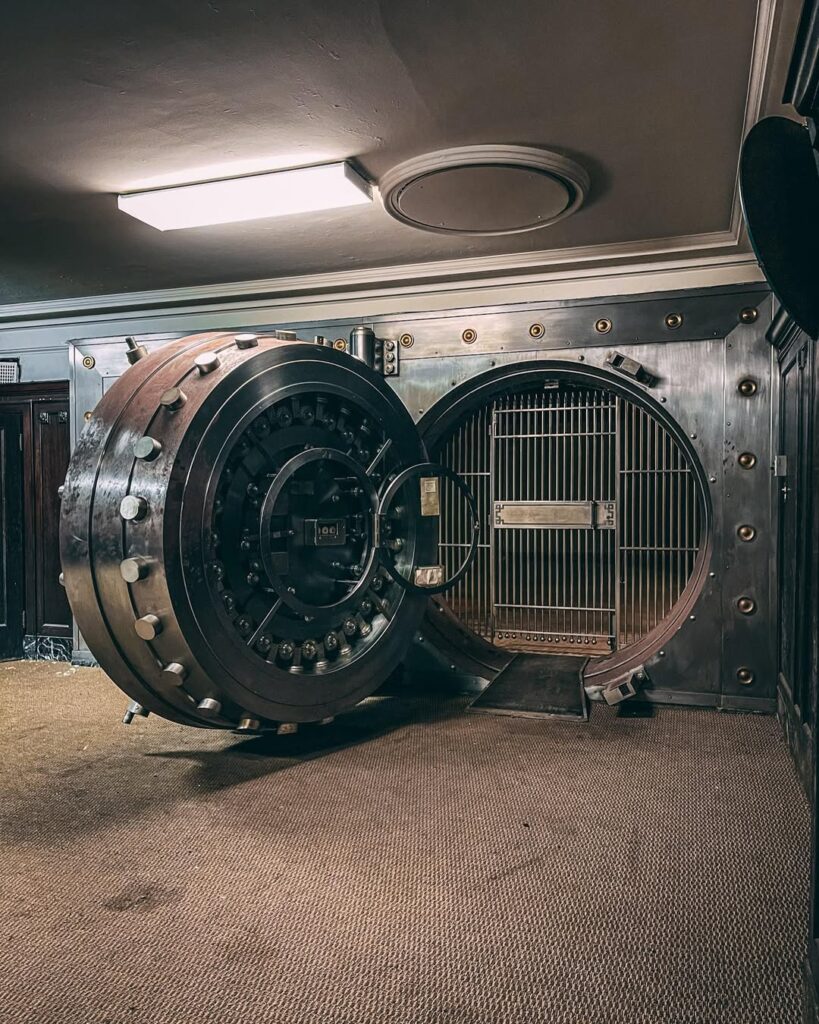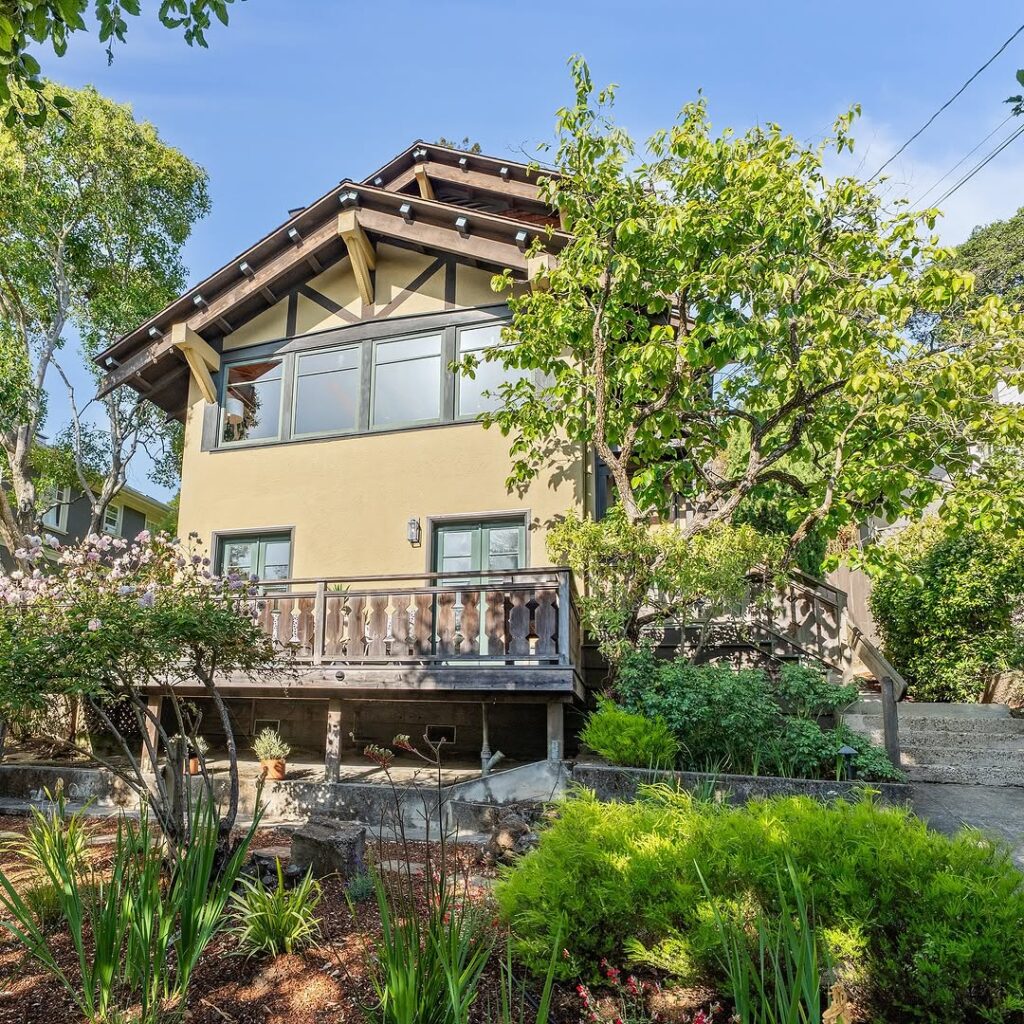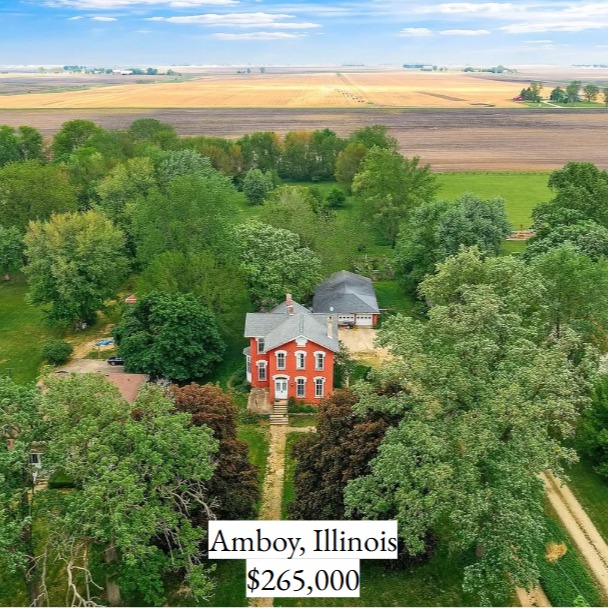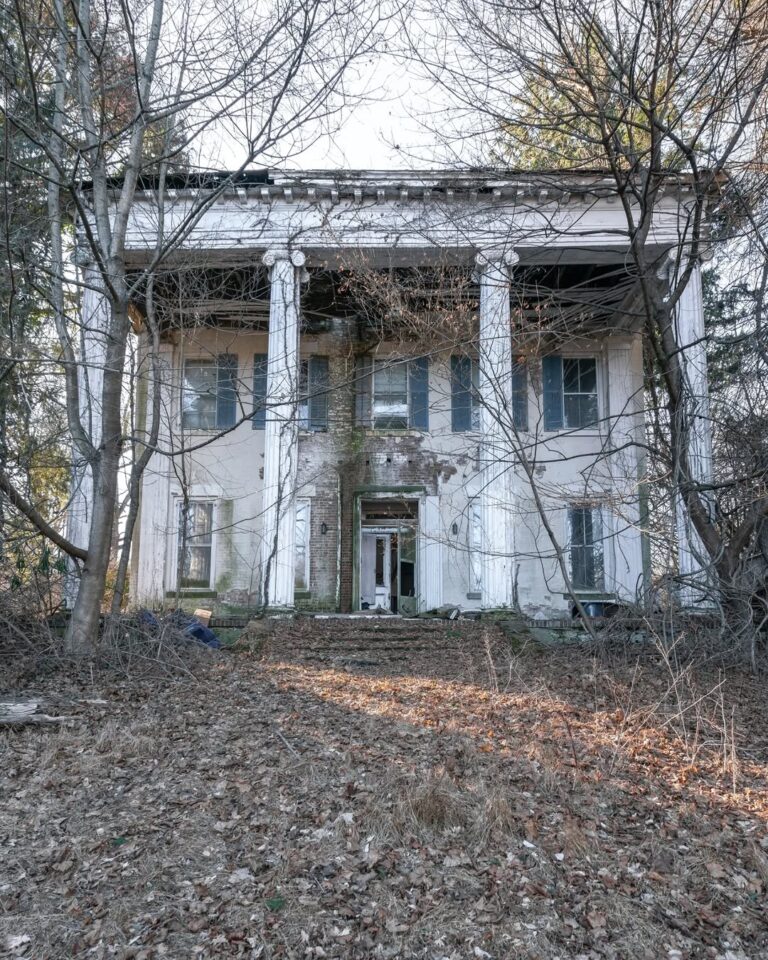Step into a world frozen in time at The Barnacle Historic State Park, where Miami’s rich pioneer history comes alive through one of the city’s most treasured landmarks. This remarkable journey through The Barnacle Historic State Park takes visitors back to 1891, when this extraordinary home was first constructed and positioned in its original spot along the pristine shores of Biscayne Bay. Today, this historic gem stands as a testament to Miami’s early settlement days, offering an authentic glimpse into the life and times of the city’s founding families.
The Barnacle Historic State Park represents more than just a well-preserved historic home—it’s a gateway to understanding Miami’s transformation from a remote tropical wilderness to the vibrant metropolis we know today. Built by Commodore Ralph Middleton Munroe, one of Miami’s most influential pioneers, this 1891 architectural marvel has weathered hurricanes, urban development, and the passage of time while maintaining its original character and location.
Nestled in the heart of Coconut Grove, this journey through The Barnacle Historic State Park reveals the ingenuity of early Miami settlers who adapted traditional architectural styles to thrive in South Florida’s unique climate. The home’s innovative design features and strategic positioning showcase the forward-thinking approach that characterized Miami’s early development period.
The Historical Significance of The Barnacle Historic State Park
Commodore Ralph Middleton Munroe: The Visionary Behind Miami’s Oldest Home
The story of The Barnacle Historic State Park begins with Commodore Ralph Middleton Munroe, a remarkable figure who played a pivotal role in shaping early Miami. Born in Staten Island, New York, Munroe first visited Biscayne Bay in 1877 and was immediately captivated by the area’s natural beauty and potential. His journey through life led him to become not only a successful businessman but also a yacht designer, photographer, and conservationist who would leave an indelible mark on Miami’s history.
When Munroe decided to build his permanent residence in 1891, he chose a prime location on the shores of Biscayne Bay, establishing what would become one of Miami’s oldest homes in its original spot. The commodore’s vision extended beyond creating a comfortable family residence; he designed a home that would serve as a social hub for the growing community of pioneers who were drawn to this tropical paradise.
Munroe’s influence on Miami’s development cannot be overstated. He co-founded the Biscayne Bay Yacht Club, served as Coconut Grove’s first postmaster, and played a crucial role in establishing the area as a desirable destination for wealthy northerners seeking winter retreats. His home, The Barnacle, became a gathering place for intellectuals, artists, and adventurers who shared his appreciation for the unique beauty of South Florida.
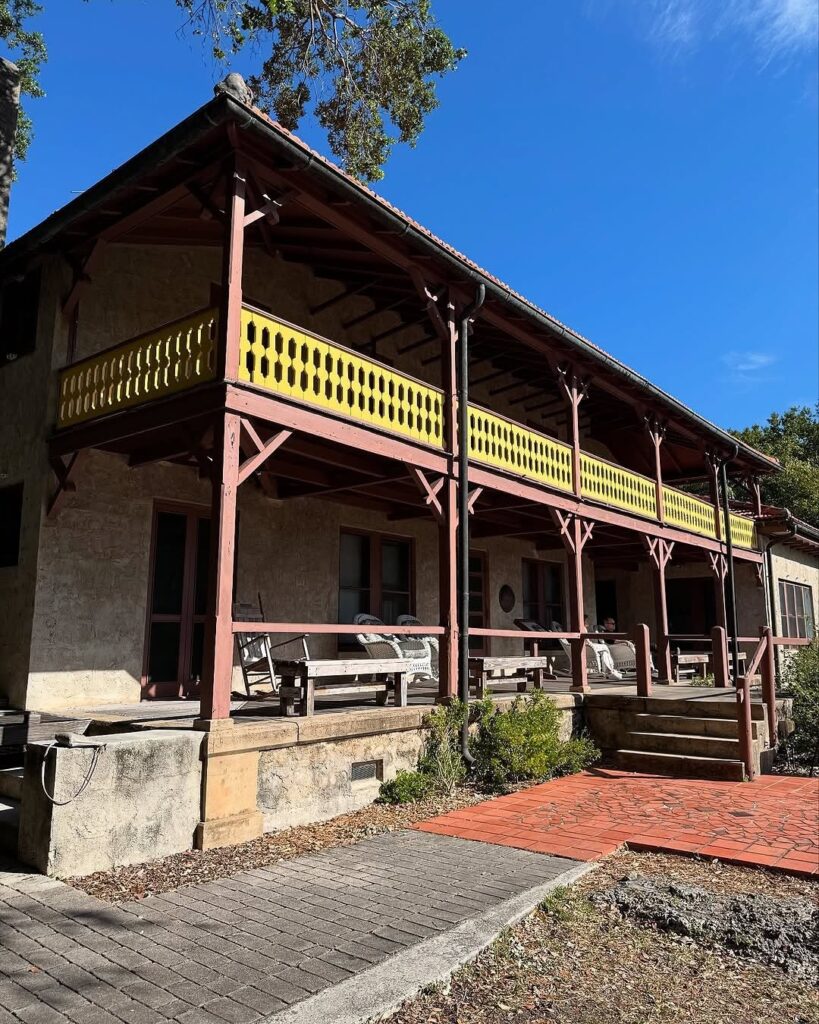
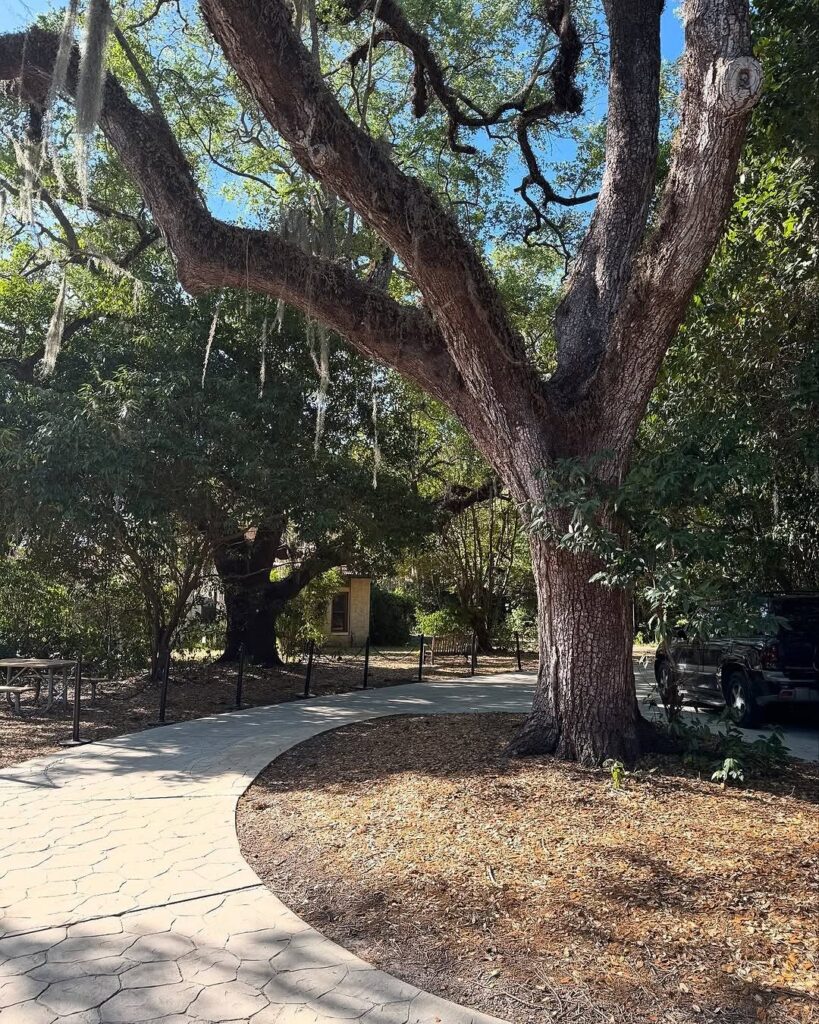
The Construction Era: Building Miami’s Oldest Home in 1891
The construction of The Barnacle in 1891 marked a significant milestone in Miami’s architectural history. This journey through The Barnacle Historic State Park reveals the challenges and innovations that characterized building in South Florida during the late 19th century. Munroe’s approach to construction demonstrated remarkable foresight in addressing the region’s unique environmental conditions, including intense heat, humidity, and the ever-present threat of hurricanes.
The original structure was built using locally available materials combined with imported elements that reflected Munroe’s sophisticated tastes and practical needs. The choice to construct Miami’s oldest home in its original spot along the bay was strategic, providing both practical advantages such as natural cooling breezes and aesthetic benefits including stunning water views.
Munroe’s background in yacht design significantly influenced the home’s construction. Many of the building techniques and materials used in The Barnacle were adapted from marine architecture, resulting in a structure that was both elegant and extraordinarily durable. This nautical influence is evident throughout the home and contributes to its unique character among Miami’s historic properties.
The Expansion and Evolution of The Barnacle
The Barnacle’s story continued to evolve after its initial construction in 1891. In 1908, Munroe undertook a significant expansion project that doubled the size of the original structure. This renovation project involved an ingenious solution: the entire original house was raised and a new first floor was constructed beneath it. This innovative approach preserved the integrity of the original 1891 structure while creating additional living space for the growing Munroe family.
This expansion phase of The Barnacle Historic State Park demonstrates the adaptability and ingenuity that characterized early Miami development. Rather than demolishing and rebuilding, Munroe chose to preserve the original structure while meeting his family’s evolving needs. This decision has provided modern visitors with the unique opportunity to experience both the original 1891 home and its early 20th-century additions.
The 1908 expansion also included improvements to the property’s landscaping and outbuildings, creating a more comprehensive estate that reflected Munroe’s growing prosperity and his commitment to his Coconut Grove home. These additions enhanced the property’s functionality while maintaining its character as one of Miami’s most distinctive residences.
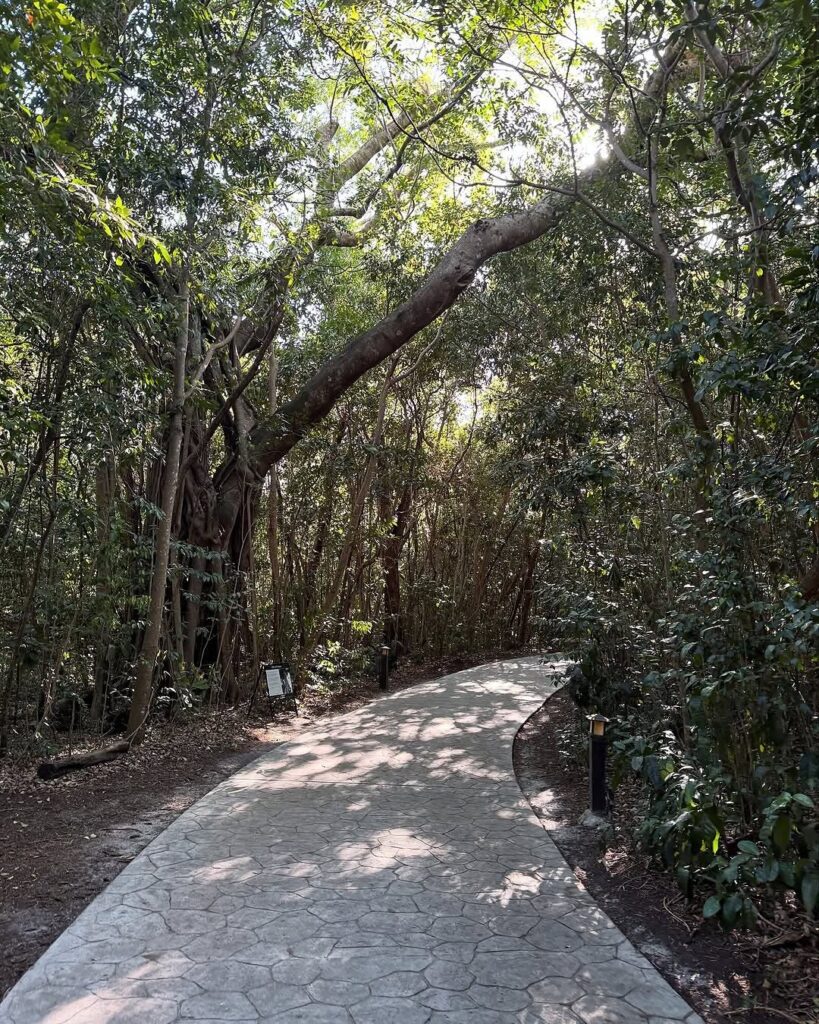
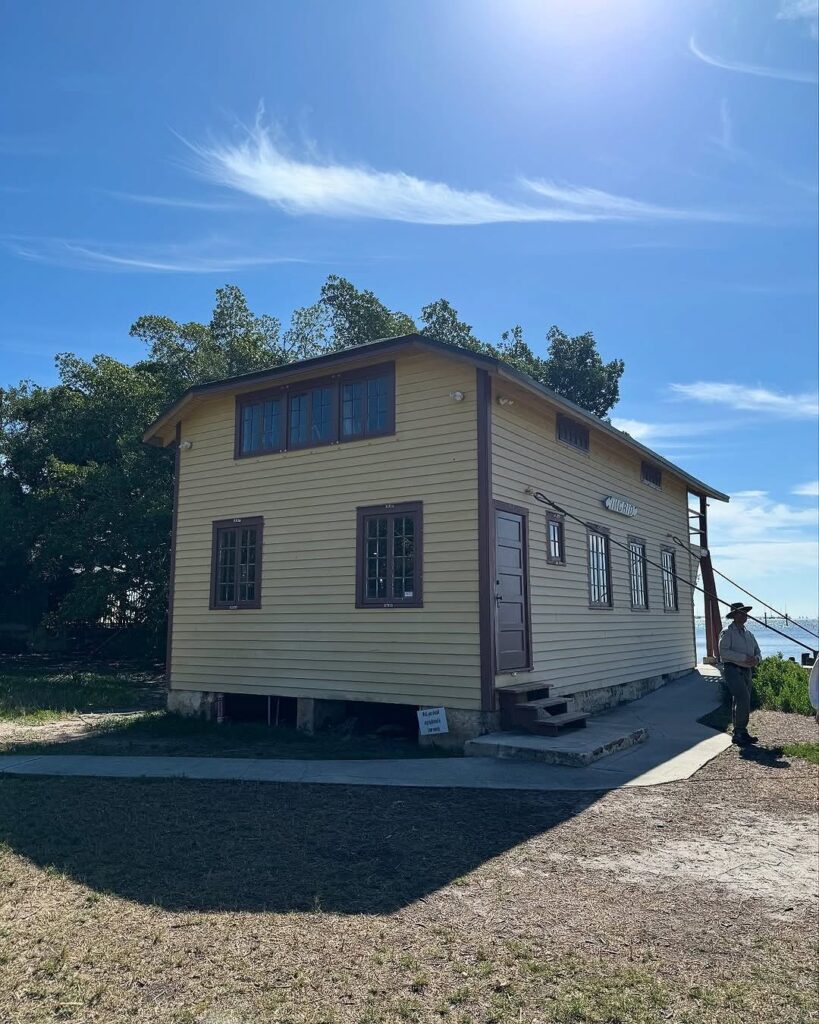
Architectural Marvel: Design Features of Miami’s Oldest Home
Innovative Climate-Adaptive Architecture
The journey through The Barnacle Historic State Park reveals a masterpiece of climate-adaptive architecture that was decades ahead of its time. Munroe’s design for this 1891 home incorporated numerous features specifically intended to combat South Florida’s challenging climate conditions. The elevated construction, wraparound porches, and strategic window placement all contribute to natural ventilation and cooling that made the home comfortable long before the advent of air conditioning.
The home’s distinctive architectural style blends elements of New England vernacular with tropical adaptations, creating a unique aesthetic that would influence Miami’s architectural development for decades to come. The use of local materials such as Dade County pine, combined with traditional construction techniques, resulted in a structure that was both beautiful and remarkably resilient.
One of the most striking features visible during any journey through The Barnacle Historic State Park is the home’s signature octagonal cupola, which serves both decorative and functional purposes. This architectural element provides additional ventilation while offering panoramic views of Biscayne Bay, demonstrating Munroe’s commitment to both form and function in his design approach.
Preservation of Original Construction Elements
What makes The Barnacle Historic State Park truly remarkable is the exceptional preservation of original construction elements from 1891. Visitors can still see and touch materials that were installed during the home’s initial construction, providing an authentic connection to Miami’s pioneer era. The original heart pine floors, hand-forged hardware, and custom millwork have been carefully maintained to preserve their historical integrity.
The preservation efforts at The Barnacle extend beyond the main structure to include original outbuildings, landscaping elements, and even some of the furniture and personal belongings of the Munroe family. This comprehensive approach to historic preservation ensures that visitors experience the property much as it existed during its heyday as one of Miami’s most important residences.
The commitment to preserving Miami’s oldest home in its original spot has required ongoing conservation efforts to address the challenges posed by South Florida’s climate. These efforts have been guided by historical preservation best practices and have involved collaboration between state agencies, conservation specialists, and community organizations dedicated to maintaining this important piece of Miami’s heritage.
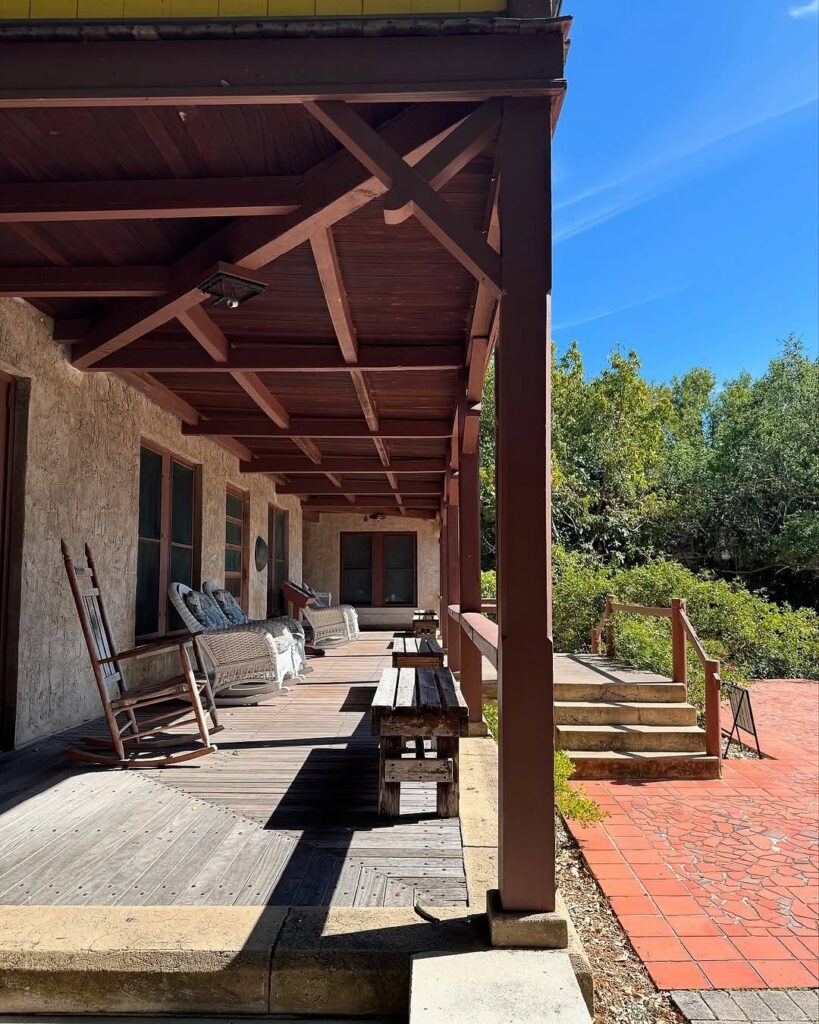
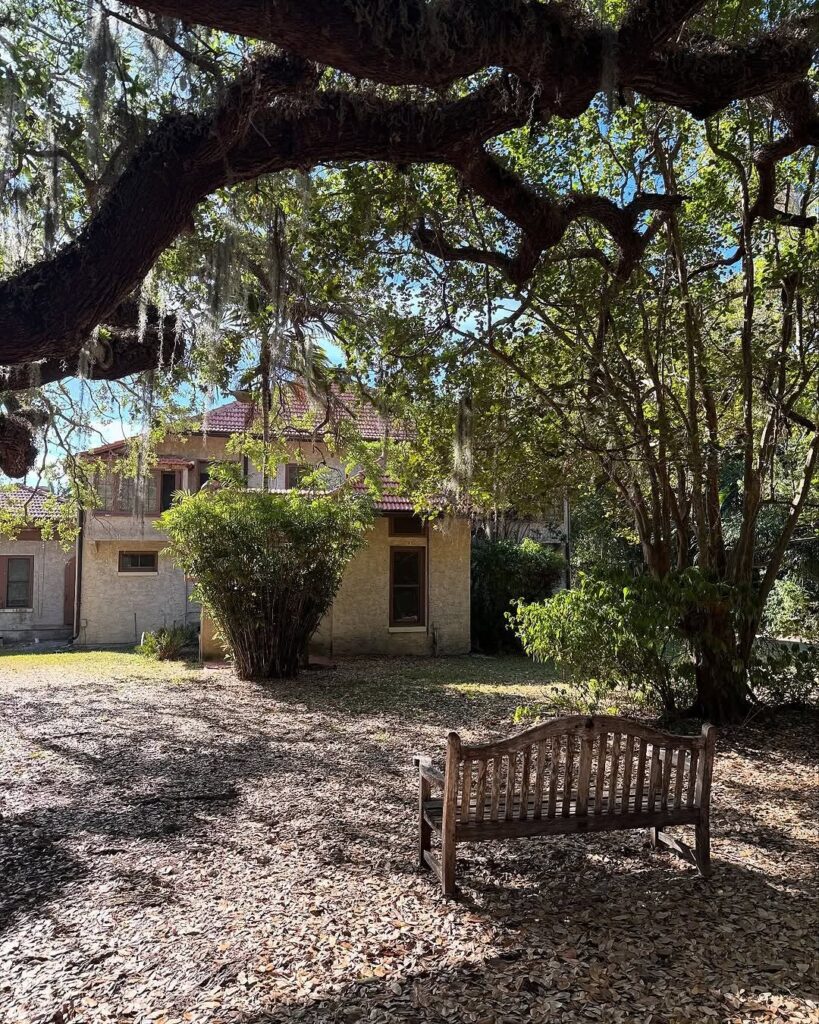
Unique Design Elements That Define The Barnacle
The architectural journey through The Barnacle Historic State Park reveals numerous unique design elements that set this property apart from other historic homes in South Florida. The home’s boat-inspired details, including built-in seating and storage solutions, reflect Munroe’s maritime background and create functional spaces that were perfectly suited to the family’s lifestyle.
The integration of indoor and outdoor living spaces was revolutionary for its time and demonstrates Munroe’s understanding of how to live comfortably in a tropical environment. The extensive use of porches, breezeways, and open floor plans created a home that took full advantage of natural cooling while providing protection from the elements.
The property’s original landscaping design, which incorporated native plants and created natural privacy barriers, was equally innovative. Munroe’s approach to landscape design emphasized sustainability and harmony with the natural environment, principles that were far ahead of their time and continue to influence South Florida landscaping practices today.
The Natural Setting: Biscayne Bay’s Pristine Environment
The Barnacle’s Strategic Location on Biscayne Bay
The journey through The Barnacle Historic State Park is enhanced by its spectacular natural setting on the shores of Biscayne Bay. Munroe’s decision to position Miami’s oldest home in its original spot was influenced by both practical and aesthetic considerations. The waterfront location provided natural cooling, transportation access, and some of the most beautiful views in South Florida.
The property’s bayfront positioning allowed the Munroe family to maintain their own dock and boathouse, essential facilities for a family whose livelihood and recreation revolved around maritime activities. This direct water access also connected The Barnacle to the broader network of early Miami settlements that relied on water transportation for communication and commerce.
Today, visitors to The Barnacle Historic State Park can appreciate the same stunning bay views that attracted Munroe to this location more than 130 years ago. The preservation of this waterfront setting provides a rare opportunity to experience the natural beauty that characterized pre-development Miami and understand why this area attracted so many pioneering families.
Preserving Miami’s Natural Heritage
The Barnacle Historic State Park serves as more than just a historic home museum; it’s also a preserved natural area that protects one of the last remaining examples of Miami’s original coastal hammock ecosystem. The property’s five acres include mature native trees, some of which were already established when Munroe built his home in 1891, providing a living connection to the area’s pre-settlement environment.
The preservation of this natural setting is integral to understanding the complete story of The Barnacle and its significance in Miami’s history. The property’s native plants, including rare species that have been eliminated from much of urban Miami, provide important habitat for wildlife and serve as a living laboratory for understanding South Florida’s natural heritage.
Environmental education programs at The Barnacle Historic State Park help visitors understand the relationship between Miami’s early settlers and their natural environment. These programs highlight how pioneers like Munroe learned to work with, rather than against, the natural systems that characterized the region, providing valuable lessons for contemporary environmental stewardship.
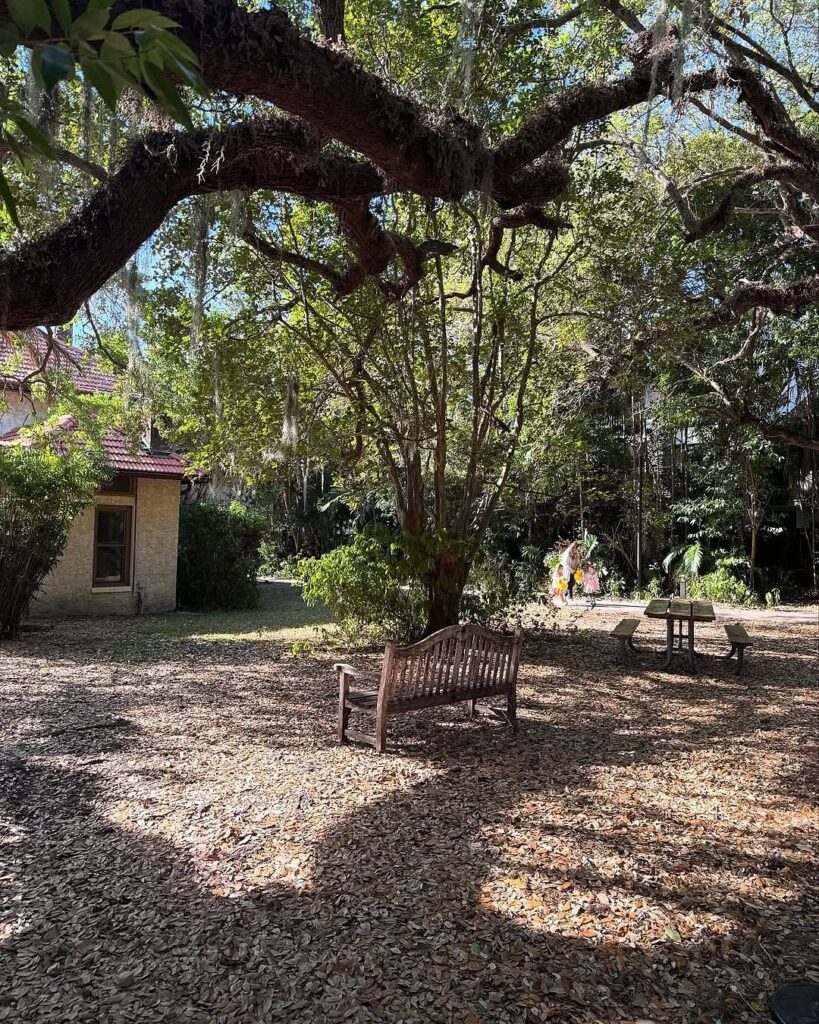
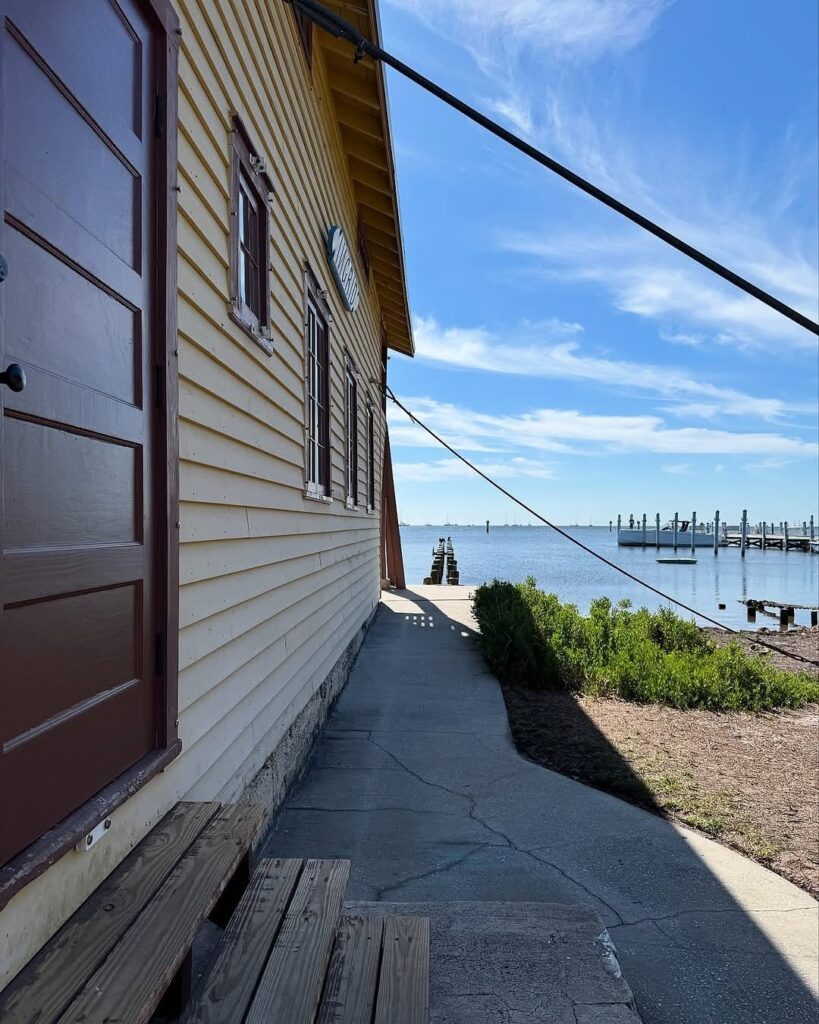
Wildlife and Ecosystem Diversity
The journey through The Barnacle Historic State Park offers opportunities to observe diverse wildlife species that still inhabit this protected coastal hammock environment. Birds, marine life, and terrestrial animals that were common in Munroe’s time continue to find refuge in this preserved natural area, providing visitors with glimpses of Miami’s ecological past.
The property’s mature tree canopy, which includes specimens that predate the home’s 1891 construction, supports a complex ecosystem that has been carefully protected through decades of conservation efforts. These ancient trees serve as silent witnesses to Miami’s transformation and provide important habitat for native wildlife species.
Educational programs at The Barnacle often focus on the relationship between historical preservation and environmental conservation, demonstrating how protecting historic properties can also serve important ecological functions. This dual mission of historical and environmental preservation makes The Barnacle Historic State Park a unique educational resource for understanding Miami’s complete heritage.
Life at The Barnacle: Daily Experiences in Miami’s Oldest Home
The Munroe Family’s Pioneer Lifestyle
Life at The Barnacle during the late 19th and early 20th centuries reflected the unique challenges and opportunities of pioneer life in South Florida. The journey through The Barnacle Historic State Park reveals how the Munroe family adapted to their tropical environment while maintaining connections to their northern roots and contemporary cultural developments.
Daily life at Miami’s oldest home revolved around the rhythms of the natural environment, with activities scheduled around weather patterns, tides, and seasonal changes. The family’s self-sufficient lifestyle included growing their own food, maintaining their own boats, and hosting visitors who traveled from around the world to experience this tropical paradise.
The Munroe family’s correspondence and diaries, preserved as part of The Barnacle’s historical collection, provide intimate glimpses into daily life at this remarkable property. These documents reveal the challenges of obtaining supplies, the excitement of receiving visitors, and the deep satisfaction the family derived from their unique lifestyle in this pristine natural setting.
Social Life and Community Gatherings
The Barnacle served as a social hub for Miami’s early pioneer community, hosting gatherings that ranged from informal family meals to elaborate parties for visiting dignitaries. The home’s design, with its spacious porches and flexible living spaces, was perfectly suited for entertaining in the tropical climate, and the Munroe family took full advantage of these features.
Visitors to The Barnacle included some of the most prominent figures of the era, including politicians, artists, writers, and business leaders who were drawn to the unique charm of this bayfront retreat. These gatherings helped establish Miami’s reputation as a desirable destination and contributed to the area’s eventual development as a major tourist destination.
The social traditions established at The Barnacle influenced Miami’s cultural development and helped create the cosmopolitan atmosphere that characterized the city’s growth. The home’s role as a gathering place for intellectual and cultural exchange left a lasting impact on Miami’s identity as a welcoming destination for visitors from around the world.
Seasonal Rhythms and Weather Adaptations
The journey through The Barnacle Historic State Park reveals how Miami’s oldest home was designed to accommodate the dramatic seasonal variations that characterize South Florida’s climate. The Munroe family developed sophisticated strategies for dealing with hurricane season, summer heat, and the challenges of maintaining a comfortable home in a subtropical environment.
The home’s architectural features, including its elevated construction and storm shutters, were designed to provide protection during severe weather events. The family’s approach to hurricane preparation, documented in historical records, provides valuable insights into how early Miami residents learned to live safely in this challenging environment.
Seasonal activities at The Barnacle reflected the family’s adaptation to their tropical environment. Winter months brought visitors from the north, while summer months were devoted to property maintenance, gardening, and taking advantage of the area’s abundant natural resources. This seasonal rhythm shaped the family’s lifestyle and influenced the home’s role in the broader community.


Preservation Efforts and Restoration Challenges
Protecting Miami’s Oldest Home for Future Generations
The preservation of The Barnacle Historic State Park represents one of Florida’s most successful historic preservation projects. Since the property was donated to the state in 1973, extensive efforts have been undertaken to maintain the structural integrity of Miami’s oldest home while preserving its historical authenticity and educational value.
These preservation efforts have required careful balance between maintaining historical accuracy and ensuring visitor safety and accessibility. Modern building codes and safety requirements have been addressed through sensitive modifications that preserve the home’s historical character while meeting contemporary standards for public facilities.
The challenge of preserving a 1891 wooden structure in South Florida’s humid, salt-air environment has required innovative conservation techniques and ongoing maintenance programs. Specialists in historic preservation have developed strategies specifically tailored to The Barnacle’s unique construction materials and environmental conditions.
Ongoing Conservation and Maintenance Programs
The journey through The Barnacle Historic State Park is made possible by comprehensive conservation programs that address both immediate maintenance needs and long-term preservation goals. These programs involve regular monitoring of structural conditions, environmental controls to protect artifacts and furnishings, and specialized treatments to prevent deterioration of historic materials.
Professional conservators work continuously to address the challenges of maintaining a 19th-century wooden structure in a tropical coastal environment. Their efforts include treating wood rot, preventing pest damage, and protecting against the corrosive effects of salt air and humidity that pose constant threats to the building’s integrity.
The preservation team also maintains the property’s historic landscapes, ensuring that the natural setting continues to reflect the environment that existed when the home was built in 1891. This work includes maintaining native plant communities, protecting mature trees, and managing invasive species that threaten the ecosystem’s historical integrity.
Community Support and Volunteer Involvement
The success of preservation efforts at The Barnacle Historic State Park depends heavily on community support and volunteer involvement. Local organizations, historical societies, and individual volunteers contribute thousands of hours annually to support maintenance, educational programs, and special events at the property.
Volunteer programs at The Barnacle provide opportunities for community members to participate directly in preservation efforts while learning about Miami’s history and conservation techniques. These programs help ensure that knowledge about historical preservation is passed on to future generations while building strong community connections to this important historic site.
Educational partnerships with local schools and universities provide additional support for The Barnacle’s preservation mission. Students participate in research projects, conservation work, and educational programs that contribute to both their learning and the site’s preservation goals.
Educational Programs and Visitor Experiences
Guided Tours and Historical Interpretation
The journey through The Barnacle Historic State Park is enhanced by comprehensive educational programs that bring the property’s history to life for visitors of all ages. Professional interpreters lead guided tours that explore not only the physical structure of Miami’s oldest home but also the social, cultural, and environmental history of the region.
These educational programs utilize the property’s extensive collection of historical artifacts, documents, and photographs to provide visitors with authentic insights into life at The Barnacle during its heyday. Interactive demonstrations and hands-on activities help visitors understand the challenges and innovations that characterized pioneer life in South Florida.
Special themed tours focus on specific aspects of The Barnacle’s history, including its architectural features, the Munroe family’s lifestyle, and the property’s role in Miami’s development. These specialized programs provide deeper insights for visitors with particular interests while maintaining broad appeal for general audiences.
Environmental Education and Conservation Awareness
The Barnacle Historic State Park’s educational mission extends beyond historical interpretation to include environmental education programs that highlight the relationship between cultural heritage and natural conservation. These programs demonstrate how historical preservation can support environmental protection and biodiversity conservation.
Visitors learn about the coastal hammock ecosystem that surrounds Miami’s oldest home and the importance of preserving these natural areas in an increasingly urbanized environment. Educational programs emphasize the connection between understanding the past and making informed decisions about environmental stewardship in the present.
The property serves as an outdoor classroom for environmental education programs that reach thousands of students annually. These programs combine historical interpretation with scientific learning to provide comprehensive educational experiences that support both social studies and science curricula.
Special Events and Cultural Programs
Throughout the year, The Barnacle Historic State Park hosts special events and cultural programs that celebrate Miami’s heritage while providing unique experiences for visitors. These events range from historical reenactments and period music performances to art exhibitions and literary readings that reflect the cultural interests of the Munroe family and their contemporaries.
Annual events such as the Barnacle Folk Festival showcase traditional music and crafts that were part of South Florida’s cultural heritage during the late 19th and early 20th centuries. These festivals provide opportunities for visitors to experience the social and cultural atmosphere that characterized life at Miami’s oldest home.
Educational workshops and lectures by historians, archaeologists, and conservation specialists provide opportunities for visitors to deepen their understanding of The Barnacle’s significance and the broader context of Miami’s historical development. These programs attract both casual visitors and serious students of Florida history.
The Barnacle’s Role in Miami’s Development
Influencing Early Miami Architecture and Planning
The architectural innovations demonstrated at The Barnacle Historic State Park had a lasting impact on Miami’s development and the evolution of South Florida’s distinctive building styles. Munroe’s climate-adaptive design approaches influenced other builders and architects working in the region, contributing to the development of architectural traditions that continue to characterize South Florida construction.
The success of Miami’s oldest home in its original spot demonstrated the viability of permanent settlement in this tropical environment and encouraged other pioneers to establish homes and businesses in the area. The Barnacle’s example of successful adaptation to South Florida’s climate helped establish Coconut Grove as a desirable residential area that attracted wealthy northerners seeking winter retreats.
The home’s integration of indoor and outdoor living spaces, use of native materials, and emphasis on natural ventilation became hallmarks of South Florida architecture that continue to influence contemporary design. Modern architects and planners still study The Barnacle’s design solutions for insights into sustainable building practices appropriate for tropical climates.
Contributing to Miami’s Cultural Identity
The Barnacle’s role as a social and cultural center during Miami’s early development contributed significantly to the city’s emerging identity as a cosmopolitan destination. The intellectual and artistic gatherings hosted at the property helped establish Miami’s reputation as a place where culture and natural beauty coexisted harmoniously.
The Munroe family’s commitment to conservation and environmental stewardship, demonstrated through their careful management of The Barnacle’s natural setting, helped establish precedents for balancing development with environmental protection that continue to influence Miami’s planning decisions.
The preservation of The Barnacle Historic State Park as a window into Miami’s past has contributed to the city’s cultural identity by providing residents and visitors with tangible connections to the area’s pioneer heritage. This connection to the past helps inform contemporary discussions about Miami’s future development and the importance of preserving the community’s unique character.
Legacy of Pioneer Innovation and Adaptation
The story of The Barnacle represents the broader themes of innovation and adaptation that have characterized Miami’s development from its earliest days. The journey through The Barnacle Historic State Park reveals how pioneers like Commodore Munroe combined vision, ingenuity, and respect for the natural environment to create lasting contributions to their community.
The challenges overcome in building and maintaining Miami’s oldest home in its original spot demonstrate the determination and creativity that enabled early settlers to thrive in this unique environment. These qualities continue to characterize Miami’s approach to addressing contemporary challenges and opportunities.
The Barnacle’s survival through more than 130 years of dramatic change in Miami serves as a testament to the value of preserving connections to the past while adapting to new circumstances. This balance between preservation and progress continues to influence how Miami addresses the challenges of growth and development in the 21st century.
Conclusion: The Enduring Significance of Miami’s Historic Treasure
The journey through The Barnacle Historic State Park offers visitors an unparalleled opportunity to experience Miami’s rich pioneer heritage through one of the city’s most remarkable historic properties. This 1891 architectural gem, still standing in its original spot on the shores of Biscayne Bay, serves as a living testament to the vision, ingenuity, and determination of the pioneers who transformed South Florida from a remote wilderness into a thriving community.
The preservation of Miami’s oldest home represents more than just the maintenance of a historic building; it embodies the community’s commitment to understanding and honoring its past while planning for its future. The Barnacle Historic State Park provides invaluable educational opportunities, environmental conservation benefits, and cultural enrichment that enhance the quality of life for both residents and visitors.
As Miami continues to evolve and grow, The Barnacle Historic State Park remains a constant reminder of the area’s unique heritage and the importance of preserving the natural and cultural resources that make this community special. The lessons learned from Commodore Munroe’s innovative approach to living in harmony with South Florida’s environment continue to provide guidance for contemporary challenges related to sustainable development and environmental stewardship.
The journey through The Barnacle Historic State Park is ultimately a journey through time that connects visitors to the dreams, challenges, and achievements of Miami’s founding families. This historic treasure, carefully preserved for future generations, ensures that the story of Miami’s transformation from pioneer settlement to international metropolis will continue to inspire and educate visitors for generations to come.
Whether you’re a longtime Miami resident seeking to understand your community’s roots or a visitor interested in experiencing authentic Florida history, The Barnacle Historic State Park offers an unforgettable journey through one of America’s most remarkable pioneer homes. This 1891 architectural marvel, standing proudly in its original location, continues to welcome visitors with the same spirit of hospitality and wonder that characterized the Munroe family’s stewardship of this extraordinary property.
![]()
Abandonedplace.com is your premier online destination for discovering and share the Top 50 abandoned places in the world. Our platform is dedicated to discovering the mystery, history and beauty of forgotten places through the Lenses of Urban Exploration

